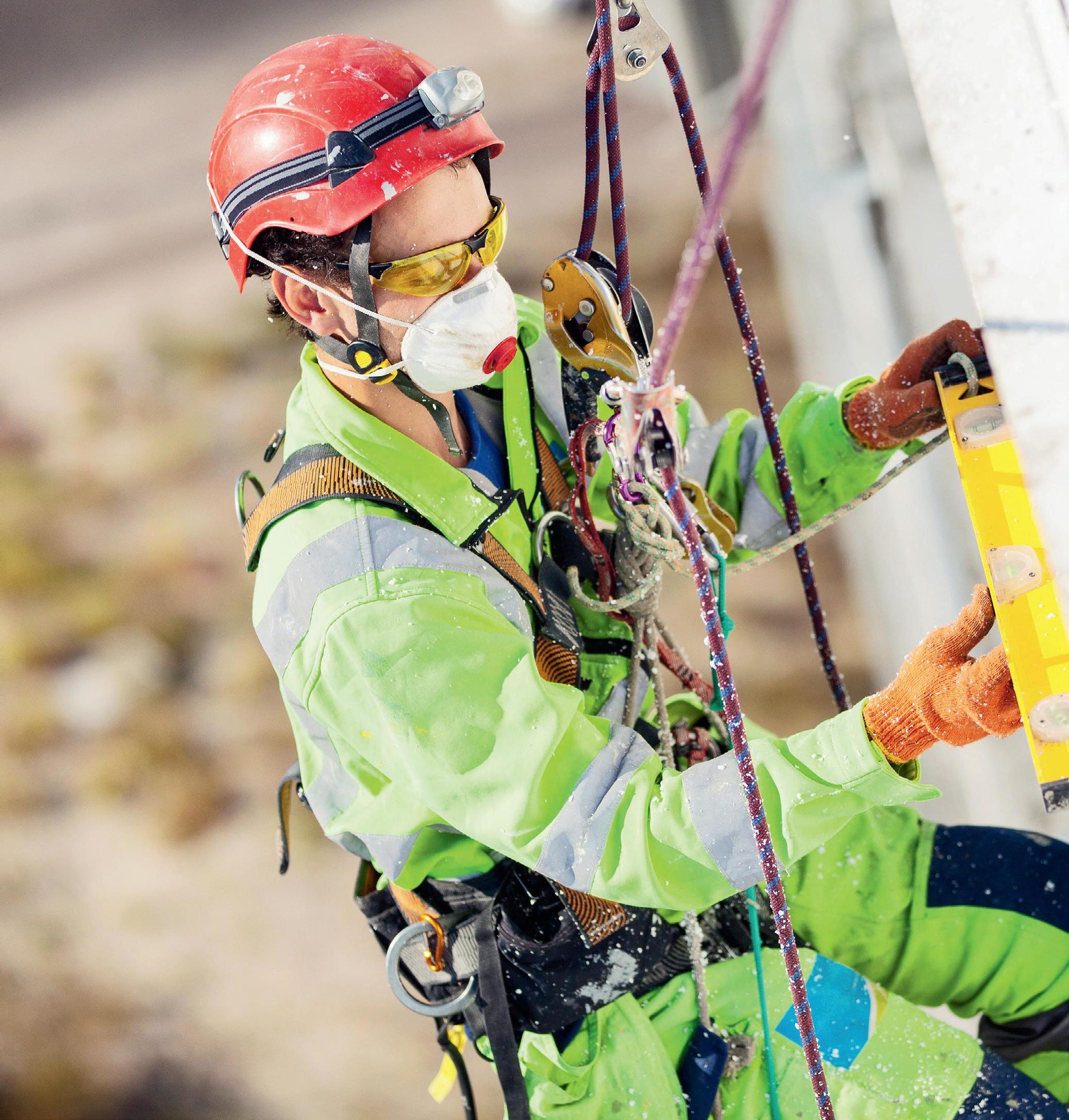
27 minute read
At height risks in construction — a more holistic approach
AT HEIGHT RISKS IN CONSTRUCTION
A MORE HOLISTIC APPROACH
Scott Barber*, Chief Executive Officer, Working at Height Association
When it comes to deaths and serious injuries resulting from falls from height, construction workers top the list. Despite a focus from regulators, a more holistic approach is needed to improve worker engagement and manage risks through fall protection measures, training and environment-specific solutions.
©stock.adobe.com/au/Andrey Bandurenko CONSTRUCTION
UTILISING A COMBINATION OF FALL ARREST SYSTEMS, EDGE PROTECTION AND SAFETY EQUIPMENT, INCLUDING PPE AND TOOL LANYARDS, WILL LEAD TO A REDUCTION IN INCIDENTS IF USED CORRECTLY.
According to Safe Work Australia data, the workers most at risk of death and serious injury as a result of falls from height are those in the construction industry. The most recent published statistics indicate that there have been 122 fatalities attributed to falls from heights over the past five years, accounting for 13% of all worker fatalities over that period. The figures also indicate that even though serious workers compensation claims resulting from falls from heights declined by 17% between 2009–10 and 2018–19, falls from heights still accounted for 6% of serious claims. If we reference the latest data, the 2019 statistics, they indicate that of the 183 fatalities over that 12-month period, 11% are credited to falls from height and another 11% attributed to falling objects. That’s a total of 42 deaths with an aligned mechanism of injury.
These findings paint a clear picture; despite the focus from regulators and the ever-present risk of working at height, it appears that there is still a lack of engagement with best practice around the management of the key risks despite the devastating effects on workers’ wellbeing and safety. What is also clear is that there is a decisive link between the nature of the environment where these incidents occur and the resultant statistic whereby 22% of the worker fatalities in the construction sector occur from what can be described as ‘at-height’ incidents.
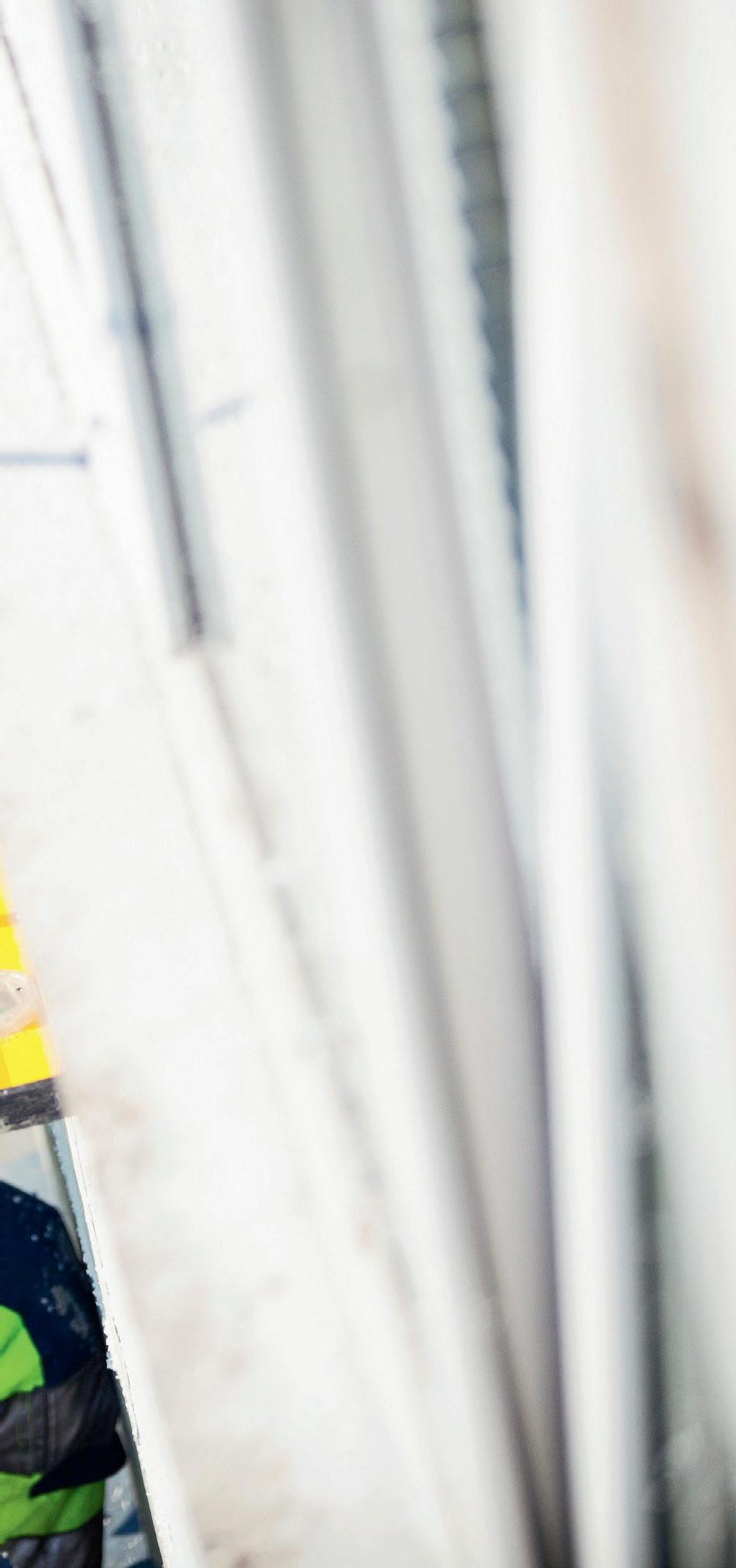
The dangers
The outcomes of falls in the workplace are more likely to be lifethreatening when compared to many other incident types. While other common mechanisms of injury, such as manual handling, overexertion, and vehicle or machine accidents are more likely to cause injury to a particular body part, the injuries resultant from falls can easily have wider-spread complications that can affect the whole body, cause significant damage to vital organs and, if not directly resulting in death, have life-altering, long-term consequences. In other words, working at height may not be the most common incident type, but when incidents do occur, they are much more likely to be fatal compared with other occupational hazards. With such potential consequences, there is a need to address work at height as a broader risk profile. Increasing awareness around the potential for harm and the methods for avoiding these hazards will create more effective engagement and eventually lead to a reduction in events. Knowledge is power, so underestimating and devaluing the high-risk nature of the work environment, and consequently, the level of competency required to operate safely in these spaces, leads directly to a higher incident rate. Ensuring those working at height are educated sufficiently to assess risk appropriately and manage it accordingly is the key to the reduction in these statistics.
Using safety protection correctly
Effective fall protection depends on an informed choice of equipment, the knowledge of how to use it correctly and how to safeguard oneself and others from potential hazards. Workplace safety is, therefore, a two-step process that involves technical support from safety systems and personal protective equipment (PPE) that can shield and protect in dangerous situations and secondly, human support in the shape of comprehensive training, instructions in
the form of safe work method statements and expert guidance and advice. Neglecting either of the two will potentially lead to deficiencies in safety systems, resulting in breaches of procedure and a more exposed worksite.
Only professional, competent health and safety specialists can advise on how to design effective solutions and increase compliance while accounting for site-based and case-specific conditions. Safety equipment has become vastly more effective and affordable in recent years, making it easier to choose the right solution for specific tasks. This is a shift from specifying a one-size-fits-all solution and the assumption it will provide protection regardless of task specifics. Utilising a combination of fall arrest systems, edge protection and safety equipment, including PPE and tool lanyards, will lead to a reduction in incidents if used correctly.
Applying the hierarchy of controls informs and frames the most suitable approach to solutions modelling, so engaging with a subject matter expert will help identify the most suitable path forward. But ultimately, correct use is the key; even the newest and most expensive equipment cannot be effective if the worker does not know how to use it properly. While there are many guides on equipment selection, these guides are based on a hypothetical application and assumptions around work environment and do not provide the unique risk-profile and informed criteria that can only be determined by truly competent subject matter experts, be they internal or external consultants. Combined with practical training, not just theory-based working at height courses, operators at height can apply the tools and techniques more efficiently, empowering individuals to make safer choices without needing to compromise due to poor equipment selection.
Therefore, safety training should be a top priority for any company, regardless of the size or the industry. Safety training, performed by professional subject matter experts at regular intervals, will educate crews on how to use the equipment, how to spot a potential hazard, and maintain skillsets and a safety culture in the workplace that will inspire more awareness and interest in working safer. Applying application specifics into training packages allows for the inclusion of the safe use of tools and tool lanyards in height-based work environments. Including these processes into a formal work method helps mitigate the risk of dropped objects highlighted in the statistics.
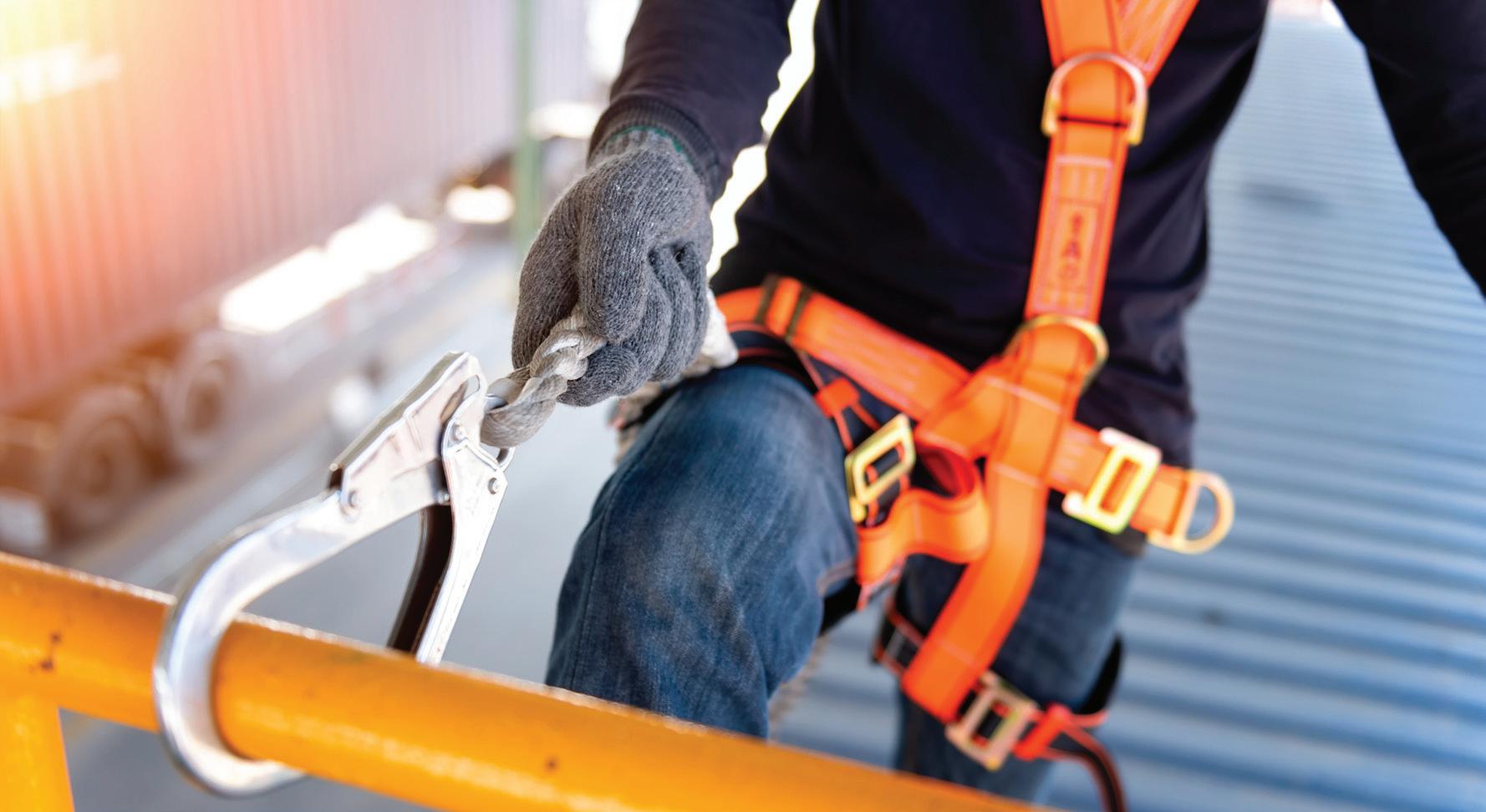
©stock.adobe.com/au/Getty Gallery
The future of fall protection
At a state and territory level, SafeWork and WorkSafe are running fall prevention campaigns as part of an initiative to decrease the number of victims of falls from height. This includes the highlighting of dropped objects as a significant contributor to injury and fatality statistics. In the end, however, even with the active campaigning from regulators, the responsibility for creating awareness among a workforce and instituting change when it comes to safety culture and processes lies with the employer. But by empowering those who work at height with the suitable knowledge and skill sets to appreciate the true nature of the risk, an effective multilateral approach can be applied.
The future of safe working at heights will be decided in close cooperation and collaboration with those directly affected by it, the employees. Ensuring appropriate training is provided as a key component of all at height tasks and not relying on ‘tick-the-box’ approaches to safety training ensures operators are prepared and able to continually assess hazards throughout the task, with situational awareness being supported by actual competencies. Companies that look at safety as a task that can be handled on the executive level are taking the wrong approach. An understanding of safety culture will only reach the worker if they are engaged, skilled and involved in the discussion, and only then can all work together to reduce fatalities.
*Scott Barber is a professional marketer, copywriter and safety specialist with over 20 years’ experience designing, driving and facilitating communication and education as a fundamental engagement tool. Specialising in safety and rescue, both operationally and as a consultant, he uses his experience across multiple industries to deliver solutions, targeting specific stakeholders using communication as the critical driver for change.
Antimicrobial safety cutter
The Kleen Xchange is a recessed blade safety cutter made from an antimicrobial material with multiple head options to suit any cutting application. The carbon steel blade is suitable for cutting boxes, film, tape and more. Its interchangeable and replaceable head options make it suitable for any application. The advanced antimicrobial Kleen material makes the cutter suitable for use in the foodservice and food production industry.
The ergonomic soft touch handle minimises hand stress while the recessed blade reduces cut injuries and damage to goods. Built-in antimicrobial properties protect the product by inhibiting the growth of many bacteria, including influenza, E. coli, and Staphylococcus.
Diplomat Blades Aust Pty Ltd
www.diplomatblades.com.au

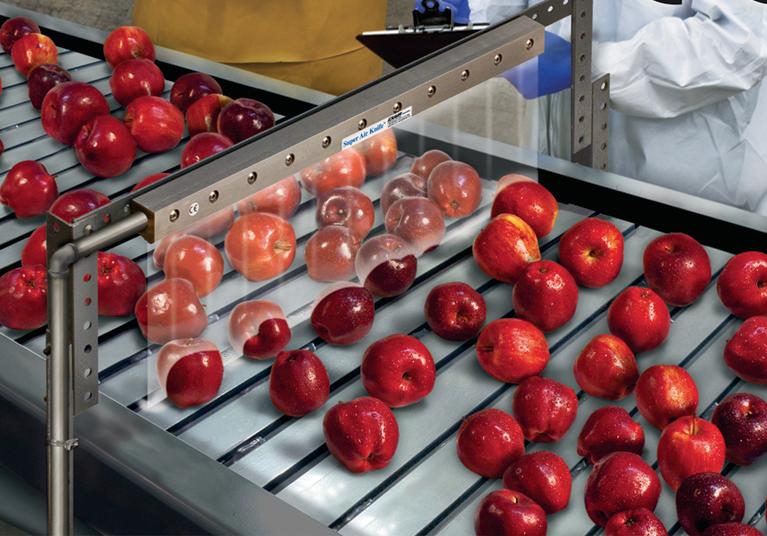
Air knife
Compact Super Air Knives produce a laminar sheet of airflow to blow off, dry or cool surfaces up to 108″ (2743 mm) wide. The energy-efficient design minimises compressed air use by entraining 40 parts room air to one part compressed air used. They are designed to blow corrosive chemicals off parts, dry food products and cool hot materials such as molten glass, castings and moulded parts.
Super Air Knives provide a uniform, high-volume, high-velocity curtain of air that is adjustable, from a gentle blowing force to a hard-hitting blast of air. The compact profile measures 45 mm (1.75″) x 37 mm (1.44″) with compressed air inlets located on each end and the bottom to permit easy mounting in tight spaces. Super Air Knives are very quiet at 69 dBA for most applications, maintenance-free and have no moving parts to wear out. They are CE compliant and meet OSHA dead-ended pressure and noise requirements.
EXAIR Super Air Knives are offered in many lengths from 3″ (76 mm) up to 108″ (2743 mm) in a variety of materials that include aluminium, Type 303 Stainless Steel, Type 316 Stainless Steel and PVDF plastic. A factory-installed plumbing kit makes it easy to connect longer lengths of Super Air Knives to any plant compressed air system and obtain the best performance.
Compressed Air Australia Pty Ltd
www.caasafety.com.au
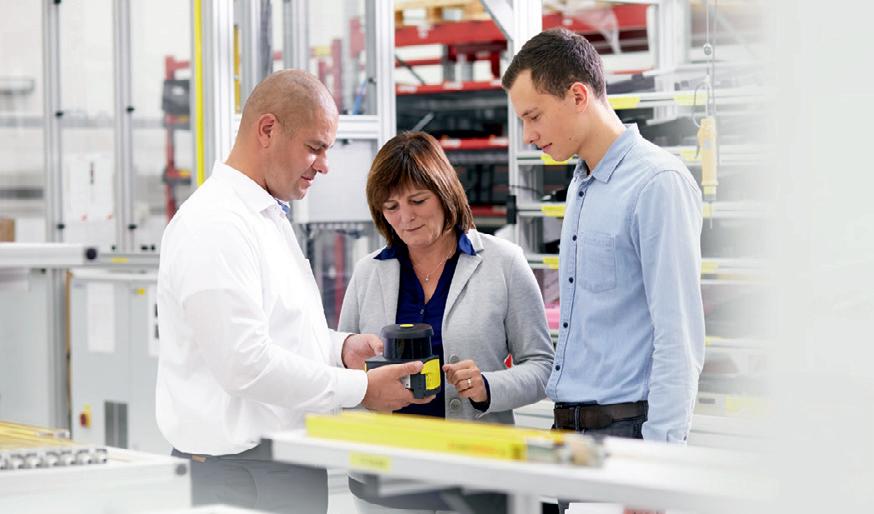
COREX steel protection fire-rated board
COREX is a lightweight, high-impact-resistant, fire-rated board designed for steel protection. COREX provides a robust method of steel fire protection and is quick to install, with reduced risk of application error. Structural steel members often require fire protection to prevent collapse in the event of a fire. Under high heat, the material properties of the steel change, making collapse likely. To prevent this, the members can be clad in COREX to provide an AS4100 fully compliant and fire-tested thermal insulation barrier.
COREX is non-combustible, lightweight and sustainable, with low thermal conductivity. The board is fire tested for all structural steel sections, with no separate metal framing required. The board can also be installed quickly, with the use of staples.
Trafalgar Group
tgroup.com.au
Construction management software service
Procore Technologies, a provider of construction management software, has launched Safety Essentials to support Australian and New Zealand construction companies in aligning with guidelines from the Australian Office of the Federal Safety Commissioner (OFSC) pertaining to COVID-19.
The content-as-a-service offering will be available at no additional cost to all customers using Procore Quality & Safety. Procore Safety Essentials offers pre-built forms, inspection templates and folder structures within the Procore Platform to give ANZ customers a head start on managing quality and safety compliance. Procore also provides reporting capabilities, helping customers save time and reduce the potential for human error by streamlining the arduous process of collating and analysing data for audit purposes.
Large businesses in particular could benefit from having a software platform that enables them to collect and interrogate safety data from across the business during the global pandemic.
Safety Essentials is designed to reduce administrative workload by consolidating safety documents, processes and compliance on a single platform. In conjunction with its data integration abilities and reporting tools, Procore Safety Essentials can help customers cut through red tape and keep up with the latest safety standards.
Procore Technologies, Inc.
www.procore.com
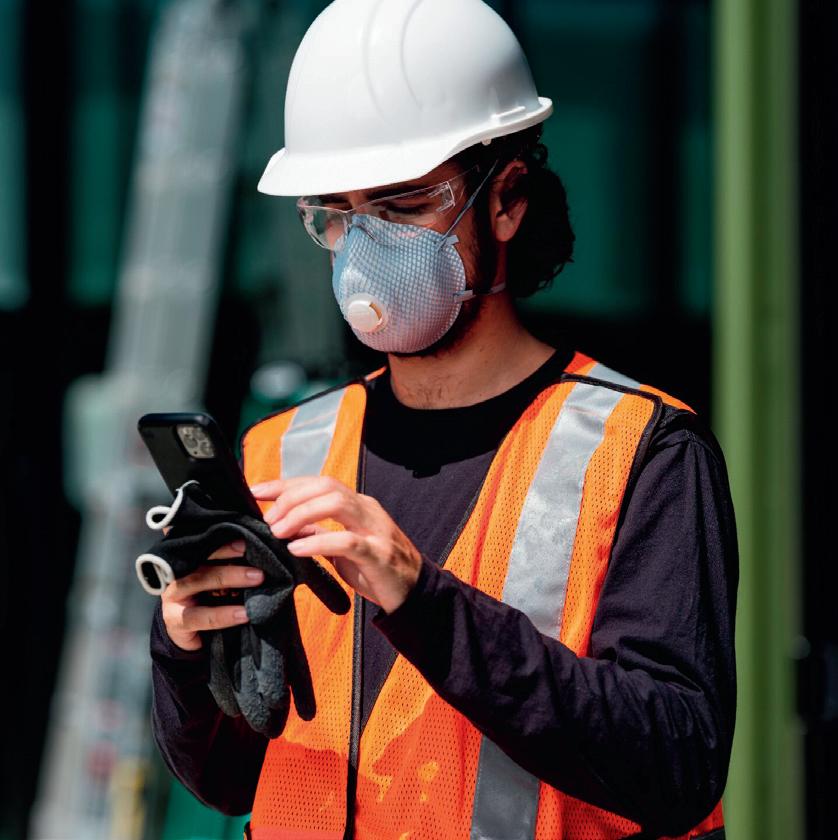

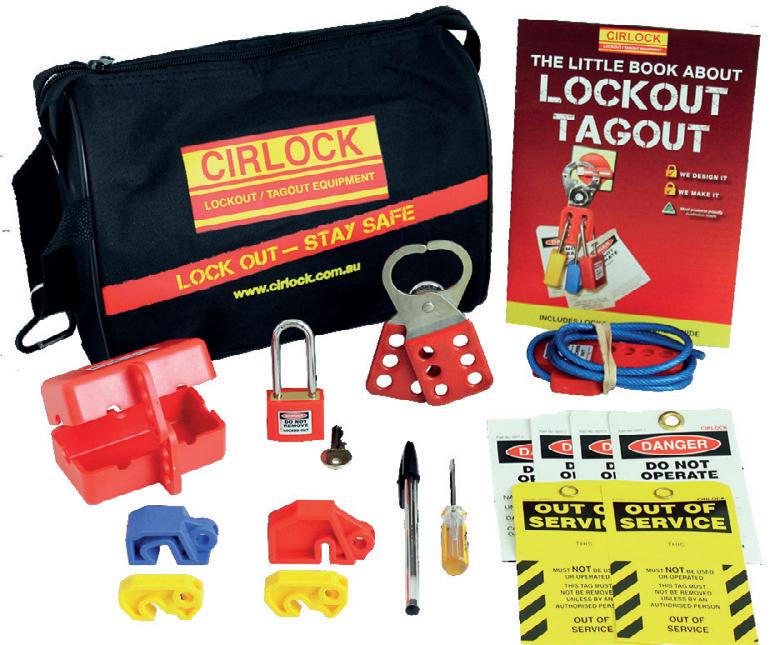
WEARABLES FOR INJURY PREVENTION: EVIDENCE OF THE BENEFITS OF SHORT & LONG-TERM USE
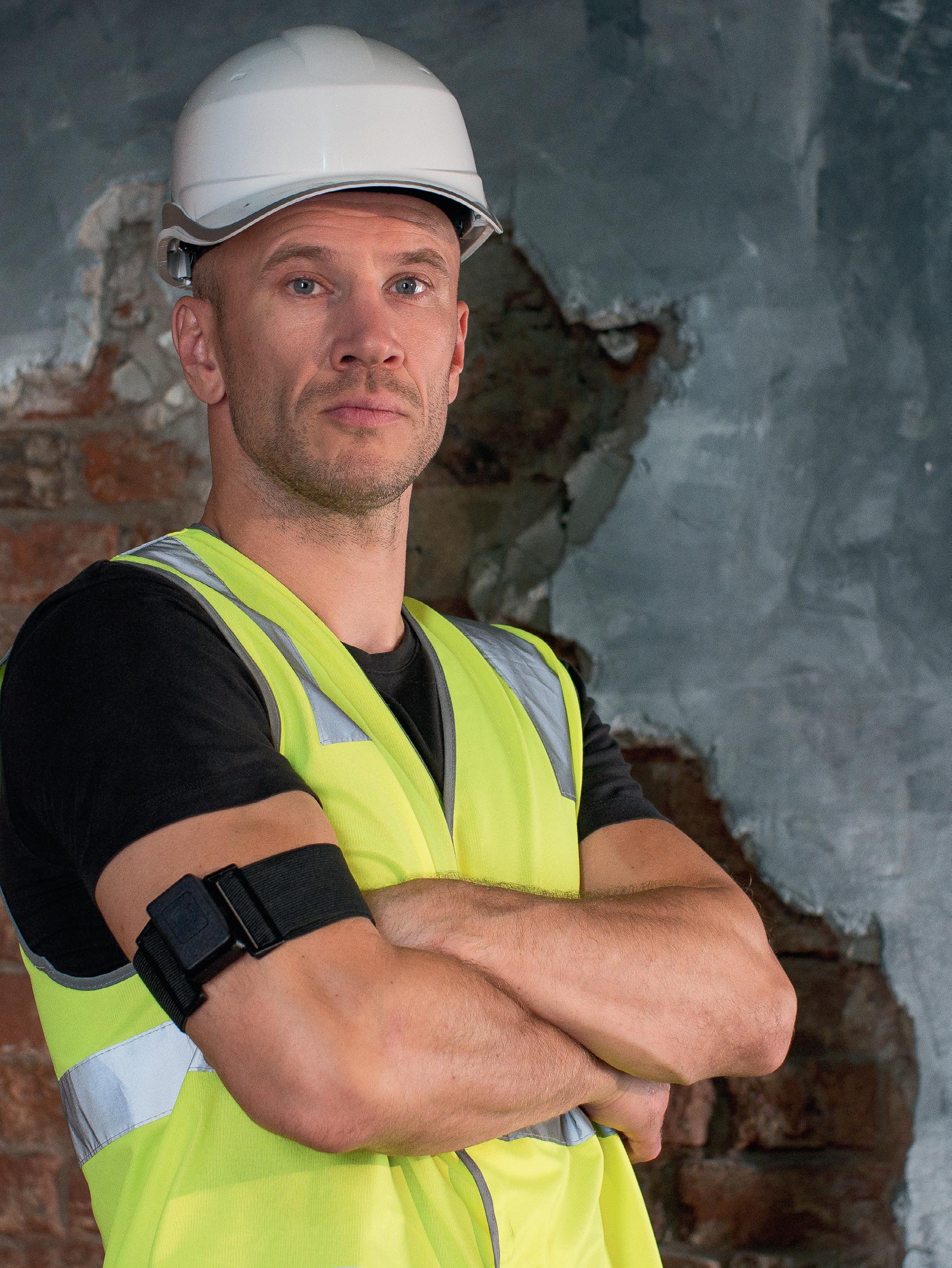
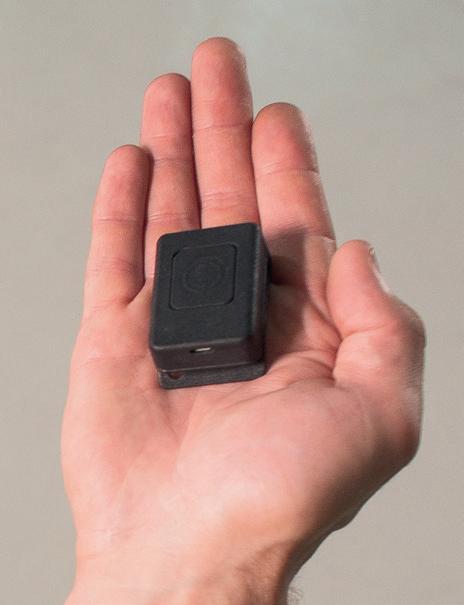
Tara is a theatre orderly at a hospital in Perth, Australia. Every shift she puts on an arm strap with a device attached that collects information about her shoulder movements throughout the day. The device alerts her if she is at risk of injury or strain when certain accumulative thresholds have been met. It’s calibrated using international standards based on epidemiological studies pertaining to movements that lead to increased risk of injury.
Andy is a meat packer in the refrigerated meats department at a large supermarket chain in the US. Each shift he collects a device from a docking hub, scans it and checks his movement activity from the day before to see where he needs to improve, and then clips it to the collar of his shirt. Today he is working on reducing his number of back twisting postures. The device has helped him understand where and what time he usually performs high risk movements and assists his correction.
Troy is a warehouse picker packer at a leading distributor of building materials in the UK. Every 3 months his employer hands him a small wearable device that monitors his back posture throughout the day. He wears it for 10 days. The device alerts him to re-position himself if he is in a compromised posture or performing faulty or repetitive movement. It helps him understand his movements and avoid injury or pain at the end of his shift.
These scenarios, although fictitious, are a realistic insight into how organizations around the world are weaving wearable technology into their ergonomic processes. Solutions to assist workers to learn more about their movements, understand them, and help reduce their risk of injury — permanently.
What these organizations do know however is that the technology is not a panacea. Like cheese is to wine, wearable technology is a fantastic accompaniment to existing safety strategies, not a complete meal. Musculoskeletal injuries in the workplace are a complex problem that require multipronged programs and interventions from both humans and technology. One mistake that is made when using wearable technology for safety is to believe it is the answer to all pain points. Newsflash. It’s not.
As the shift into industry 5.0 suggests, the idea is to benefit from the union of human and machine and with both forces joined, have the superpower to make a difference and save lives. Using wearables for real-time feedback to assist workers to self-correct their movements and simultaneously taking data from the real world and decoding it in the virtual world to provide answers and give actionable information. The variety of statistics received from the data is endless, from simply revealing where risk lies, right through to psychosocial barriers. The key is, like every marriage, for it to work, both parties need to do their part. You need skilled people assisting and able to work the data in ways that highlight, approach, utilize and interpret from different angles, as well as workers keen to change their behavior and collaborate to find solutions.
When used to full potential, there is no end to the benefits of wearables and the data they collect. Like the gift that keeps on giving, the more you understand their possibilities the more the innovation can assist you in finding new pathways to reach safety goals.
Case Studies
The practice of using industrial wearables for injury prevention has now been implemented and deployed by multiple organizations across the globe for extended periods. According to ergonomists, to calculate ROI from an ergonomics program, meaningful and feasible results can be counted mostly after three years.
Here, Soter Analytics presents strong evidence for the use of wearable technology and data analytics to reduce injury risk in industry for periods from one to three years.
The wearable technology solutions by Soter Analytics were first implemented in 2018 within BSS Industrial, UK marketleading distributor of pipeline and heating solutions. Now, more than three years on, not only has the technology increased the safety culture of the company by developing the trust of the workers by transferring the responsibility of safety into their hands, the company has also seen on average a 43% injury risk reduction in the highest risk group. This group has shown continual improvement, initiating with an injury risk reduction of over 36% in the first year and increasing to 52% this year so far. With around 1000 programs completed they have potentially had a continual reduction of approximately 720,000 postures per year that lead to increased risk of injury.
St John of God Subiaco Hospital is a world class private hospital in Perth, Western Australia offering the highest quality medical and surgical care. They initially deployed the technology in 2019 and the results have proven a steady decrease in injury risk for workers. With the use of the Soter wearables building awareness and encouraging caregivers to change their manual handling technique through real-time feedback leading to long-term changes in movement behavior.
Giant Eagle is one of the top 75 North American food retailers, with 32,000 employees, operating 474 stores, and is the 32nd largest privately held company in the US. They began over 4 years ago, implementing the Soter wearables back in 2018 and have continued to decrease their risk of injury through consistent biofeedback training from the devices and using data driven metrics to effect controls. Their average ratio for correcting the posture of associates each year since 2018 has shown results anywhere from 22% right up to 46% improvement.
The use of technology and its collaboration with existing processes and yielding clever data driven techniques is an update on outdated and inaccurate ergonomic assessment. Combined with a consistent and engaging approach to manual handling without the loss of time to a classroom, allows on-site ergonomists to deploy their time to solving problems rather than trying to find them, increasing the safety of workers.

CASE
STUDY Saliva-based drug testing tech drives bus group safety
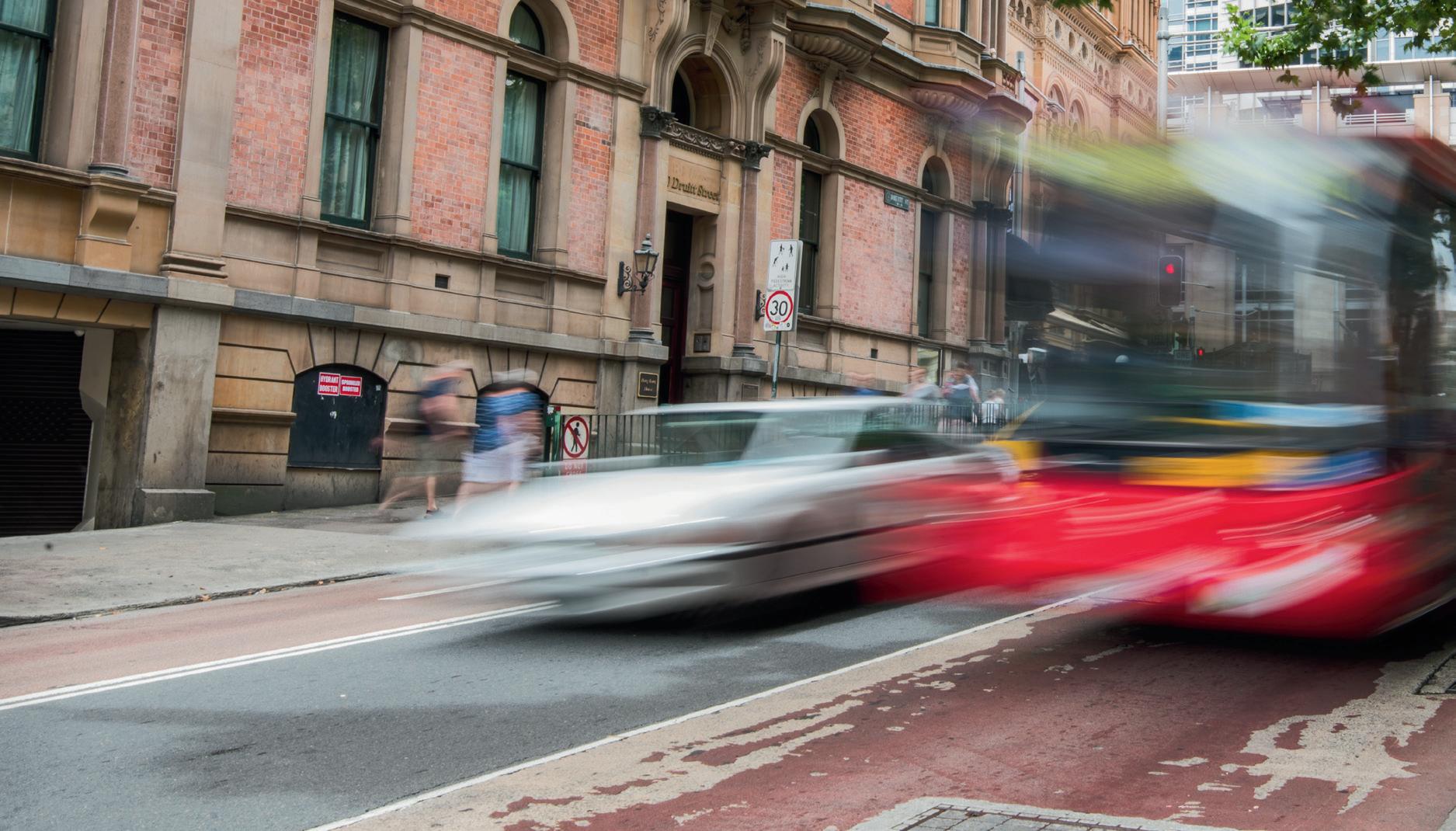
Busways Group is an Australian private bus operator, focused on delivering quality services, innovation and continuous enhancements for clients and communities in its contracted regions. Its core focus is on safety, quality customer service, stakeholder engagement and employee development. Busways first partnered with Alcolizer Technology in 2005, with the purchase of its first Alcolizer breath testing devices. Over the past three years, Busways has upgraded its entire fleet to the latest Alcolizer LE5 breathalysers. When the AS3547:2019 changes were announced, Alcolizer Technology provided Busways with regular updates on the implications of the changes and what they meant for Busways’ alcohol testing program. After a period of consultation, Busways upgraded its fleet to the latest Alcolizer LE5, certified to the updated AS3547:2019 standard. Based on a strong working relationship with Alcolizer Technology and through its positive experience with the Alcolizer LE5 device, Busways committed to trialling the Druglizer LE5 Drug Tester device, for the purpose of undertaking in-house, saliva-based drug testing.
Alcolizer Technology conducted live testing trials with Busways at its depots to demonstrate the performance and benefits of the Druglizer solution, spending time to understand how the devices were utilised and the outcomes Busways required. When combined with the data management tools available from Alcolizer Technology, Busways was able to implement a complete alcohol and drug testing solution integrated with its existing data and reporting requirements. This comprehensive engagement program helped Busways adopt the Druglizer LE5 Drug Tester as its drug testing device of choice. For more than 78 years, Busways has delivered a safe, professional and reliable standard of service. The company currently has a fleet of more than 900 buses and operates bus service contracts for Transport for NSW in Western Sydney, the Central Coast and North Coast and the South Australian Public Transport Authority in Adelaide’s Outer South. With a team of more than 1750 people, committed to transporting more than 26 million passengers each year, Busways takes a proactive approach to public transport delivery to ensure the customer’s journey is as safe as possible.
When Busways expanded into the Adelaide bus market, Alcolizer Technology supported the expansion with the Alcolizer and Druglizer LE5 system, and continues to support the growth of use of Le5 systems in Busways’ north coast depots. The new technology for Druglizer LE5 implemented with this trial required a number of technical enhancements to enable Busways to assimilate the device and its results into existing reporting and management systems. Alcolizer Technology’s commitment to work with Busways and tailor software solutions to meet business needs led Busways to purchase a number of Druglizer LE5 devices and commence in-house, saliva-based drug testing across all depots and offices. The Druglizer LE5 offers Busways three main advantages in its drug testing: speed, accuracy and economy. Using the Druglizer LE5 takes 70 to 150 seconds for a complete test to be performed successfully.
The Druglizer LE5 is electronic and displays accurate results on the device screen, clearly indicating the exact test result as opposed to legacy technology products that display indicator lines requiring interpretation. These lines can also pale, resulting in confusion regarding the result. The Druglizer LE5 has minimal waste, as it uses a chip-enabled cartridge that prevents tests
©stock.adobe.com/au/Anton Gorlin
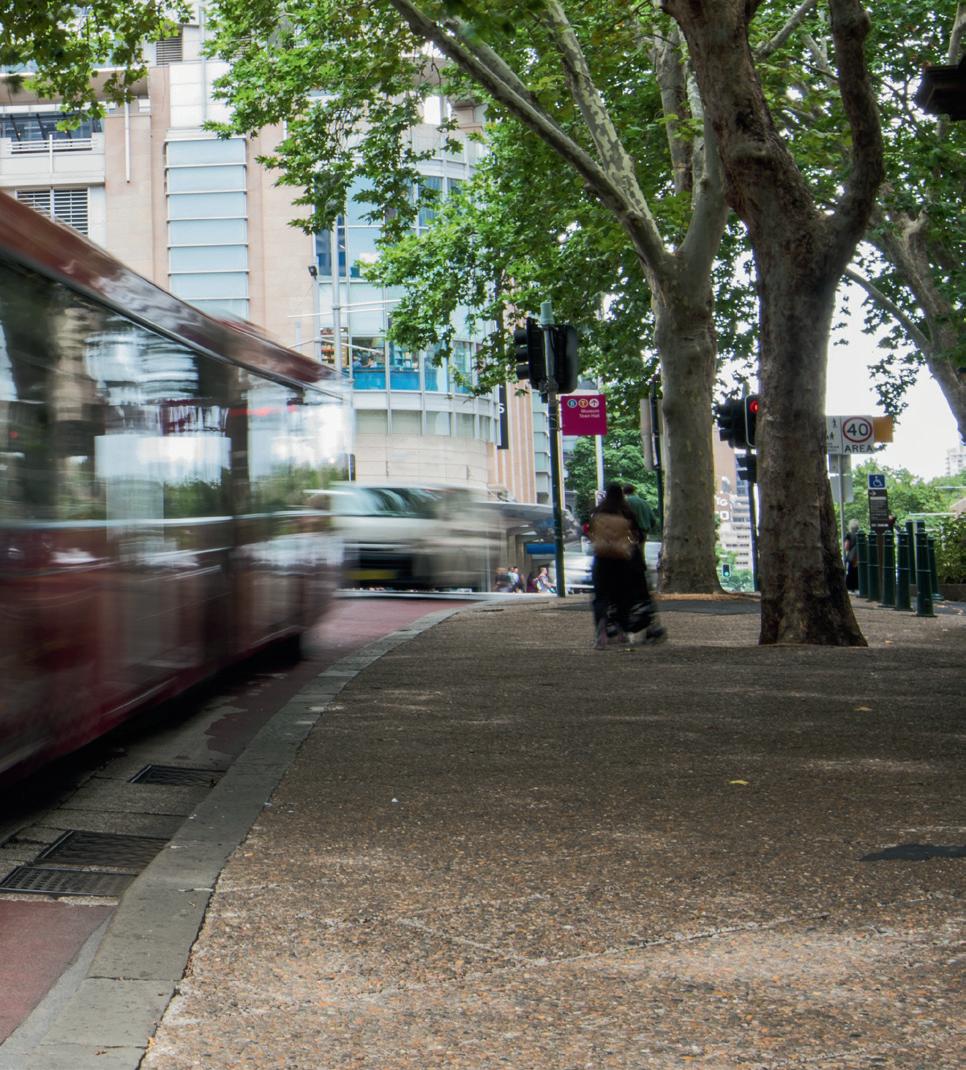
being undertaken on expired cartridges and delivers a fast result, minimising labour and time spent testing. The Druglizer LE5 uses oral fluid, the preferred testing method at Busways; this presents a ‘people friendly’ approach to testing as it is quicker and less invasive than alternative methods, such as urine testing. Alcolizer Technology’s solutions deliver quick and accurate testing, thereby minimising disruptions to employees’ day-to-day routines. All Alcolizer Technology products and services are designed for highvolume demanding industrial environments.
On-site drug testing services in accordance with best-practice procedures are also available from Alcolizer Technology, using the Druglizer Le5 Drug Tester and other testing devices. This provides swift and effective screening of employees for the presence of performance-impacting drugs that might otherwise compromise workplace health and safety, in a manner that is quicker than legacy test methods, with minimal personal intrusion. Alcolizer Technology also provided comprehensive staff training programs to ensure consistent and effective use of alcohol and drug testing technology in Busways’ workplaces. This was supported by a national footprint of Alcolizer Technology service technicians, who assisted Busways when and how they needed it. “Busways is extremely pleased to use an Australian-owned manufacturer and developer in its ongoing commitment to ensuring the safety of its employees and passengers,” said Busways’ Risk and Compliance Manager. “The adaptability, ease of calibrations, reliable service and prompt supply of testing devices together with training and support supported our decision in partnering with Alcolizer Technology.”
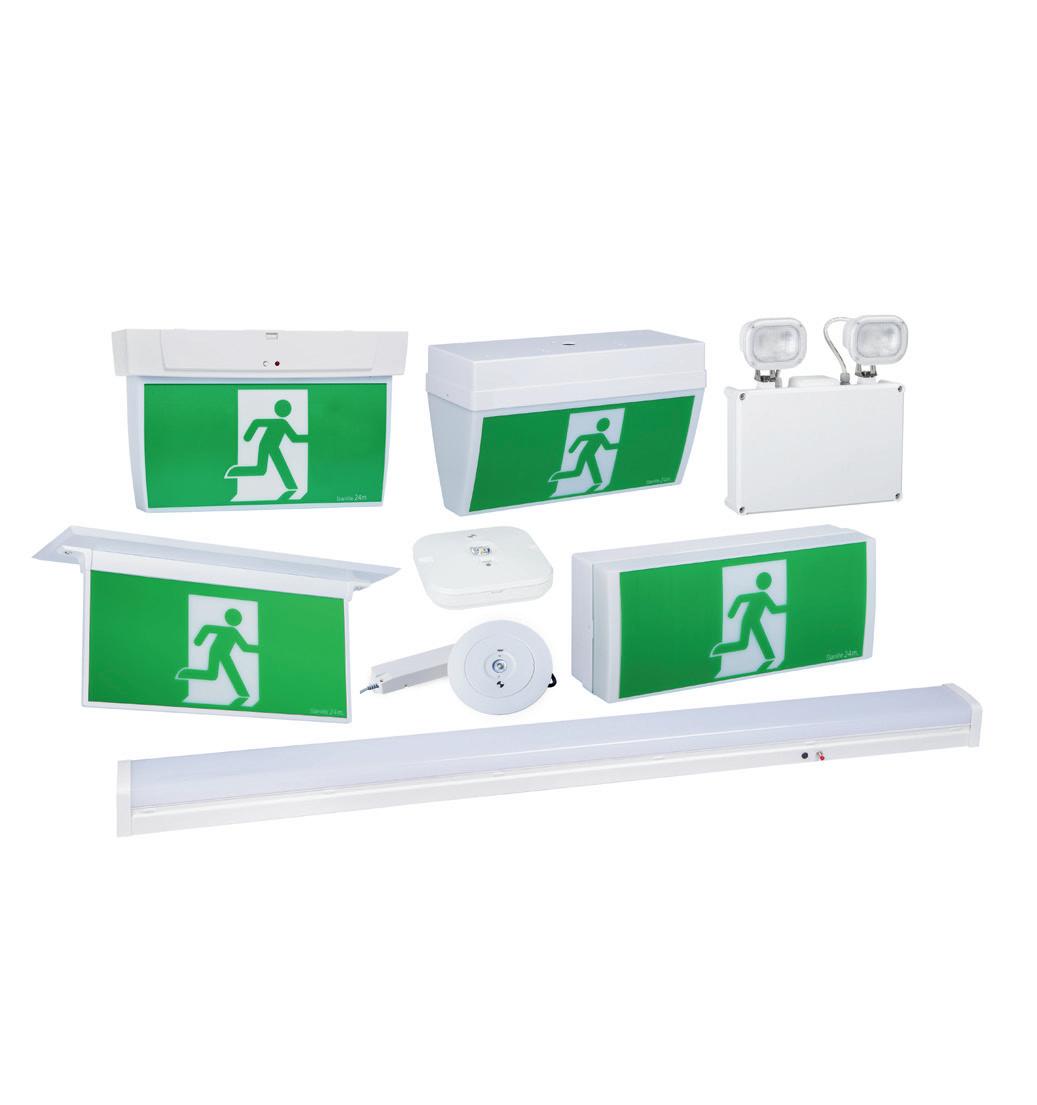
Alcolizer Technology www.alcolizer.com
Emergency and exit lighting
Stanilite provides state-of-the-art systems and products for the emergency lighting marketplace. The company’s products and services are designed to provide effective protection and safety, in line with customer needs, relevant industry standards and regulations. Stanilite emergency lighting solutions are designed and manufactured under the ISO9001 Quality Management System, to provide reduced failure rates and a higher quality of finished products for the Australian market. The company offers a comprehensive portfolio of products to suit individual budget and project requirements.
Many Stanilite products are engineered to a modular design format, which promotes straightforward, cost-effective installation and maintenance. Modular design enables first-fix installation of the key wiring components with later connection of gear trays, diffusers and edgelit, to facilitate the easy management and replacement of parts. The Stanilite concept is clear and simple, and strives to provide a reliable, total solution for safe evacuation.
The Quickfit range employs LED technology, for good light source performance and longevity. It is coupled with pulsetime control of battery charging, which maximises battery life. The range is compatible with existing Quickfit mounting brackets and available in a frame-only configuration which will accept existing Quickfit diffusers. Upgrading existing installations to the latest technology is simple and cost-effective.
The Spitfire range is designed to provide high visibility whilst remaining architecturally pleasing with a modern and unobtrusive design. A full range of products are available in recessed, surface mount and weatherproof surface mount variants in standard, Nexus LX and Nexus RF. Single and dual LED fittings are also available. Stanilite also offers clear installation manuals and a modular system to facilitate easy installation.
NHP Electrical Engineering Products Pty Ltd
www.nhp.com.au
Women’s safety boots
Blundstone has expanded its selection of durable and premium boots with the launch of two new styles in its Women’s Composite Series. The new boot styles #883 and #887 extend Blundstone’s Women’s Safety Series to provide additional options for a range of industries in lightweight, airport-friendly designs. Style #886 will also be relaunched to provide a cohesive women’s composite toe cap series. Blundstone’s Women’s Safety Series is designed and made for women and tested by women, to provide a high-quality fit for those who rely in safety footwear to get the job done. Blundstone #883 (RRP $165.00) features a black, breathable nylon upper with a grey trim, and an anti-bacterial, washable and breathable footbed. The lightweight, jogger style safety come also comes with both elasticated and standard laces, and featured a composite toe cap, slipresistant rubber outsole, TPU toe guard and heel torsional stabiliser. The style also features a removable PU foam footbed with XRD Extreme Impact Protection hell insert for greater shock absorption and comfort. Blundstone #886 (RRR $165.00) features a black, water-resistant upper, a slip-resistant rubber outsole, and a neoprene panel for reduced foot stress. The slip on style safety shoe also features an anti-bacterial, washable and breathable footbed, and a composite toe cap. It also includes a removable PU foam footbed with XRD Extreme Impact Protection heel insert, and a TPU toe guard and heel torsional stabiliser.
The Blundstone #887 (RRP $197.00) is a hiker-style boot, with YKK zip side and laces for a personalised fit. The boot also comes with purple laces and purple neoprene Achilles cushioning, for ankle support and comfort. The safety shoe features a black, water-resistant upper with purple trim, a composite toe cap, slip-resistant rubber outsole, and an anti-bacterial, washable and breathable footbed. The shoe features a removable PU foam footbed with XRD Extreme Impact Protection heel insert and a TPU toe guard and heel torsional stabiliser.
Blundstone boots are available online and in stores via select retailers throughout Australia and are backed by a 30-day comfort and six-month manufacturing guarantee.
Blundstone Australia Pty Ltd
www.blundstone.com.au
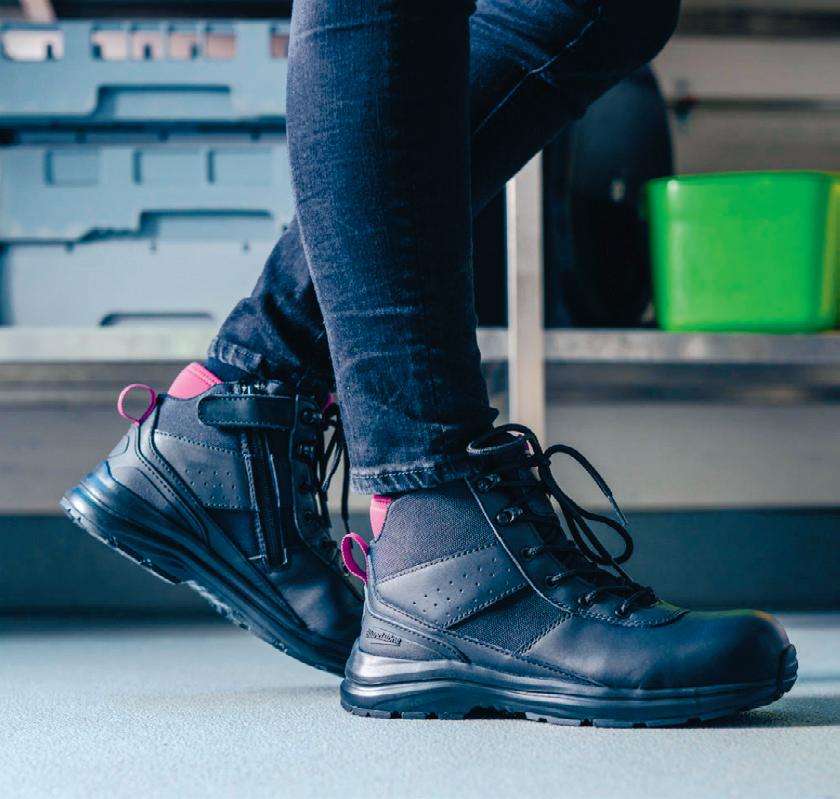
Composite anti-slip stairway cleats
The U-Tred Pro Composite anti slip stairway cleats are made from fully composite polymer and feature the exclusively made Nano555 Higher-Viz Green colour. This shade of green is designed to cut through the traditional safety yellow ‘white noise’ that is common on industrial sites. The anti-slip stairway cleats are suitable for sites with slippery stairs or walkways.
When looking down a stairway or Gridmesh, or other metal grating, it can be difficult to determine where the leading edge of each tread is and where it starts and stops. With a clear line defining the edge of grating, the U-Tred PRO grate cleats are designed to stand out.
The offset lug pattern on the top surface is a feature that was not previously incorporated into the design. Behind each lug, the top of the tread is sloped so that when any mud on the top dries, it slides back off the tread, leaving the lug exposed and ready for use. The lugs maintain the aggressive profile, but are angled back, slightly towards the centre. This is to stop people who drag their feet when they walk from getting their boots caught in the tread.
The U-Tred PRO incorporates the same self-locking non-return barbs as the traditional U-Tred. The barbs clip under the bottom of the mesh when installed, meaning they can’t be removed and won’t wriggle loose.
As the U-Tred PRO grating cleat is made from a composite polymer, it can also be used on offshore oil rigs and other marine platforms where metal-on-metal contact is to be avoided. The composite construction also means they cannot rust.
Amco
www.amco.net.au
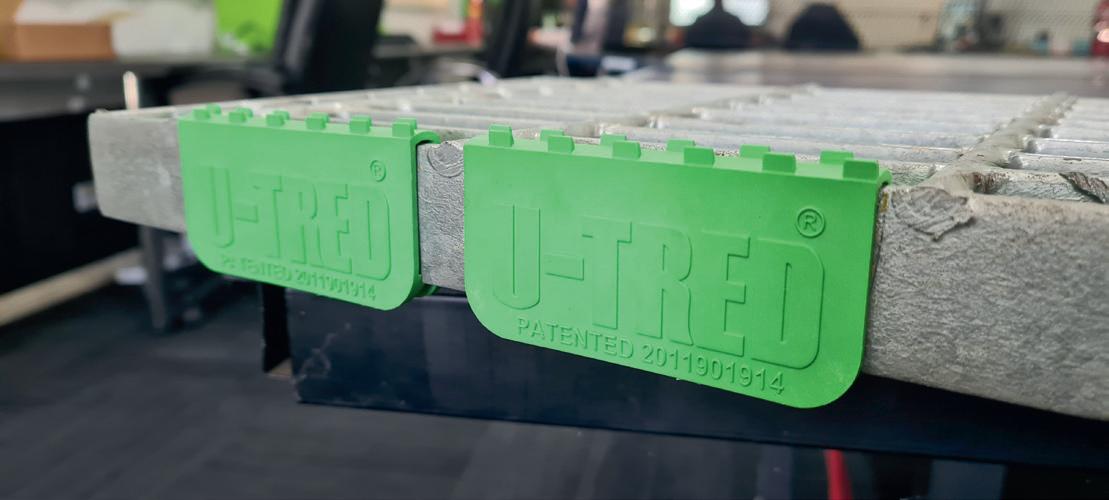
©CleanSpace Technology
SILICA DUST
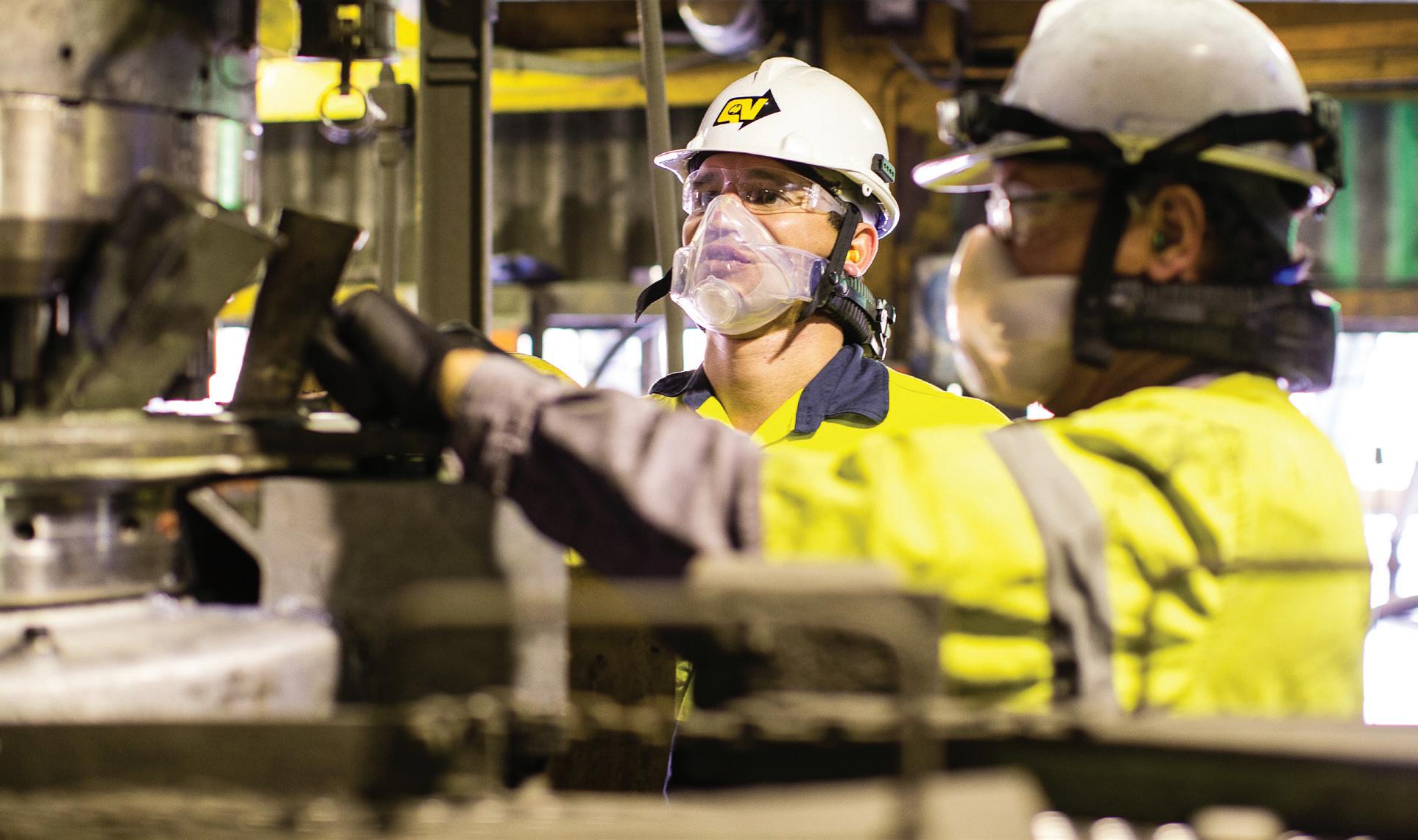
BETTER RESPIRATORY PROTECTION IS NEEDED
Jon Imms, Global Technical & Product Director, CleanSpace Technology
Crystalline silica is a natural mineral found in construction materials such as concrete, bricks, tiles, mortar and engineered stone. Silica particles are much smaller than a grain of sand and are harmful to inhale into the lungs. This makes respiratory protection, powered respirators especially, vital.
Workers are regularly exposed to a range of workplace hazards that have the potential to impact their quality of life and in some cases life itself. The resulting injuries for many workplace hazards are either immediate or quickly recognised; however, injuries such as those to the respiratory system often take many years to make their presence felt. Ensuring that respiratory risks are well managed in terms of engineering controls and the provision of appropriate respiratory protective devices is critical.
Respirable crystalline silica (RCS) is a recognised workplace hazard that presents serious respiratory health for workers, often resulting in a condition known as silicosis. A recent report has suggested that over 400 Australians are living with silicosis. Annually, around 600,000 Australian workers are at risk of inhaling silica dust at their workplace. Many common industrial activities regularly expose workers to RCS. Worksites such as manufacturing, construction and mining are working with materials and processes that produce fine dust which potentially contains RCS and other airborne hazards.
Respirable crystalline silica particles can be so small that they are not visible but can penetrate deep into the gas exchange region of the lungs and can cause silicosis. Silicosis results in permanent lung damage — it is a progressive disease that is debilitating and can lead to serious illness or death. Unfortunately, by the time the disease is diagnosed the damage is irreversible. The amount of crystalline silica in products can vary. Examples include brick (up to 30%), tile (30–45%), granite (20–45%), concrete/mortar (25–70%), sandstone (70–90%) and engineered stone (90%+).
Exposure standards
From 27 October 2020, the mandatory workplace exposure standard (WES) has been halved from an eight-hour time-weighted average (TWA) airborne concentration of 0.1 milligrams per cubic metre (mg/m3) to 0.05 mg/m3 . And as of 27 October 2021, the WES for respirable coal dust is expected to be halved to 1.5 mg/m3 . WorkSafe Victoria has gone above the national standards and recommends that employees are not exposed to levels above 0.02 mg/m3 as a TWA.
According to SafeWork NSW, silica is one of the top four health hazards affecting workers in the building and construction industry. The hierarchy of controls for managing risks such as silica exposure recommends elimination or substituting the risk, isolating the hazard, engineer controls and providing suitable personal protection equipment (PPE). Although PPE is the last step in the hierarchy of controls, it often plays an important role in protecting workers. Powered air-purifying respirators (PAPRs) provide an increased level of protection and are being increasingly recommended for use against hazards such as silica.
Powered respirators
PAPRs utilise a motor and fan system to provide filtered air to the breathing zone while maintaining positive pressure. They are not dependent on the facial seal of the respirator to maintain protection. This results in a significantly increased level of protection for the wearer in comparison to a negative pressure respirator such as a disposable mask. All respirators have an assigned protection factor (APF) in line with guidance from ASNZS1715:2009. The APF for PAPR respirators ranges from 25 to 1000. There is a variety of PAPR models available, from lightweight neck-mounted products that offer improved mobility and comfort to belt-mounted models that connect to helmets or head tops via a hose.








